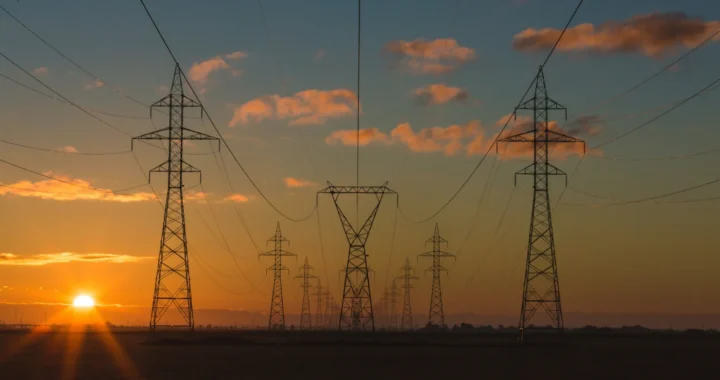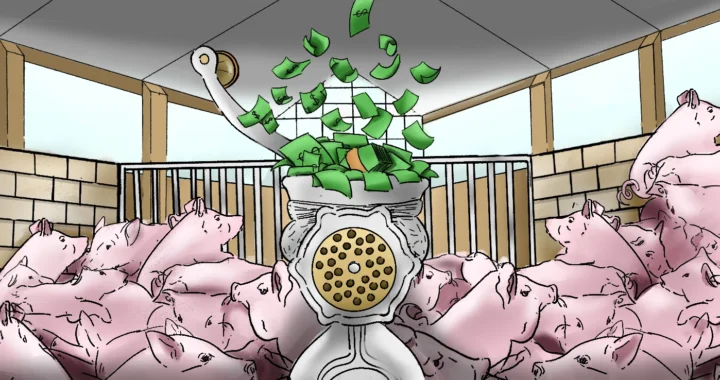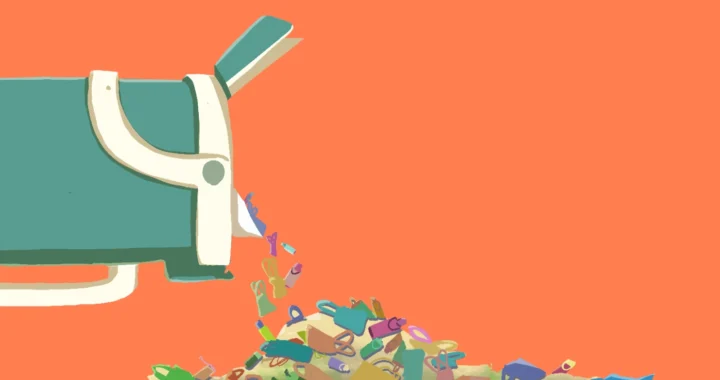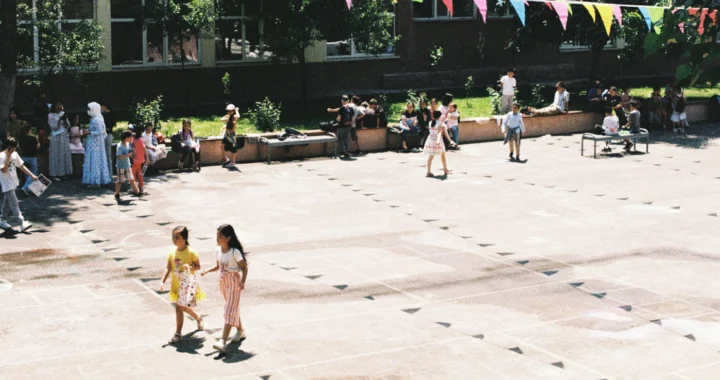How Ciptagelar Indigenous Community Practices Agriculture in Harmony with Nature

Photo: Erfransdo on Wikimedia Commons
Technological developments have permeated various aspects of life, including agriculture. In many places, modern agricultural practices are implemented to boost production and meet market demand. They use technologies such as agricultural machinery and tools, pesticides, and synthetic fertilizers. However, evidence shows those practices can contribute to environmental damage, calling for more sustainable agricultural practices that align with nature. In Sukabumi, West Java, Indonesia, the Ciptagelar Indigenous community has long implemented agricultural practices in harmony with nature, strengthening their food sovereignty to this day.
Impacts of Modern Agriculture
Modern-day agriculture is closely tied to the use of various modern equipment, such as machines for soil processing, rice planting, and harvesting, as well as pesticides and synthetic fertilizers. While they can help increase agricultural productivity by speeding up planting and harvesting times, many of them are also major contributors to environmental damage.
IPCC research shows that the agricultural sector is responsible for almost a quarter of the global greenhouse emissions. This includes emissions from fertilizers, pesticides, and other chemical usage. Additionally, agricultural machinery often still uses fossil fuels, so their extensive use means extensive contributions to carbon emissions.
Furthermore, land and forest conversion for agricultural purposes take half of the habitable land on Earth, shrinking biodiversity populations and habitats. The sector is also a major source of water pollution, releasing nitrates and ammonia into surface and groundwater. Similarly, chemical use for fertilizers and other purposes can contaminate soil, water, and air ecosystems, which can linger for a long time. Machines can also cause more severe and permanent soil damage, including through soil compaction methods.
Ironically, the use of modern agricultural tools and practices has not been able to address food-related challenges. Instead, several regions are experiencing serious food insecurity and even famine. Indonesia even has to import several agricultural commodities every year, including rice, to meet domestic needs.
Ciptagelar Indigenous Community’s Agricultural Practices
Kasepuhan Ciptagelar, also known as the Ciptagelar Indigenous community, is one of the Indigenous communities in Sirnaresmi Village, West Java Province, Indonesia. It is approximately 1,050 meters above sea level and surrounded by Mount Halimun Jawa, Mount Karancang, and Mount Kendeng.
The community mostly depends on agricultural products, including rice, corn, yam, cassava, and several vegetables and fruits, to fulfill their daily needs. They grow their own food by implementing agricultural practices in harmony with nature.
The Ciptagelar Indigenous community regards nature as Ibu Bumi (Mother Earth) and Bapak Langit (Father Sky), extending the same respect we offer our parents. This belief is the foundation of their agricultural practices.
The community follows traditional agricultural patterns without using various modern agricultural technologies, as the community considers the tools less environmentally friendly and potentially damaging to nature. Farming activities are fully supported by traditional equipment that does not emit pollution.
For example, when loosening or plowing the land, the Ciptagelar community only uses traditional tools, such as hoes and knives, and animal strength, such as buffalo. The community does not permit the use of pesticides and synthetic fertilizers due to pollution; instead, they use environmentally friendly pesticides or natural fertilizers to cultivate and maintain crops.
Kasepuhan Ciptagelar’s agricultural practices are accompanied by traditional rituals at every stage. This is done as a form of respect and gratitude to the Earth. Every harvest is noble and must be preserved, especially for rice plants, which are considered sacred and, therefore, not traded.
The Ciptagelar Indigenous community views that selling rice means killing seven future generations. Therefore, they only use the rice harvest for daily needs and store two percent of it in a barn, a practice called Leuit Jimat. This practice ensures that the Ciptagelar community’s food supply is abundant. They believe that the rice stock available in Leuit Jimat can support the entire community for decades.
Mainstreaming Agriculture in Harmony with Nature
The Ciptagelar Indigenous community’s practice shows that aligning agricultural practices with the harmony of nature can help achieve food sovereignty. This concept can be adopted or adapted to other regions in Indonesia with relatively large agricultural land to support national food security without relying on imports. Amid the increasing and widespread impacts of climate change, restoring the degraded environment and ensuring the availability of necessary resources is an essential step. In this case, the political will of the government is crucial.
Translator: Kresentia Madina
Editor: Nazalea Kusuma
The original version of this article is published in Indonesian at Green Network Asia – Indonesia.

If you find this content useful, please consider subscribing to Green Network Asia.
Your subscription will give you access to our interdisciplinary and cross-sectoral insights on sustainability-related issues and sustainable development across the Asia Pacific and beyond, strengthening your personal and professional development while supporting GNA’s financial capacity to continue publishing content dedicated to public education and multi-stakeholder advocacy.
Select Your Subscription Plan

 Developing Financing Initiatives for the ASEAN Power Grid
Developing Financing Initiatives for the ASEAN Power Grid  Imparting Actionable Knowledge Through Sustainability Training Activities
Imparting Actionable Knowledge Through Sustainability Training Activities  Stop Funding Factory Farming in Vietnam: Pathway to Financing a Just and Sustainable Food System
Stop Funding Factory Farming in Vietnam: Pathway to Financing a Just and Sustainable Food System  When Green Turns Excessive: The Overproduction and Overconsumption of Reusables
When Green Turns Excessive: The Overproduction and Overconsumption of Reusables  SDG Venture Scaler Aims to Drive Sustainable Investment in Southeast Asia
SDG Venture Scaler Aims to Drive Sustainable Investment in Southeast Asia  Improving Primary Education in Central Asia
Improving Primary Education in Central Asia